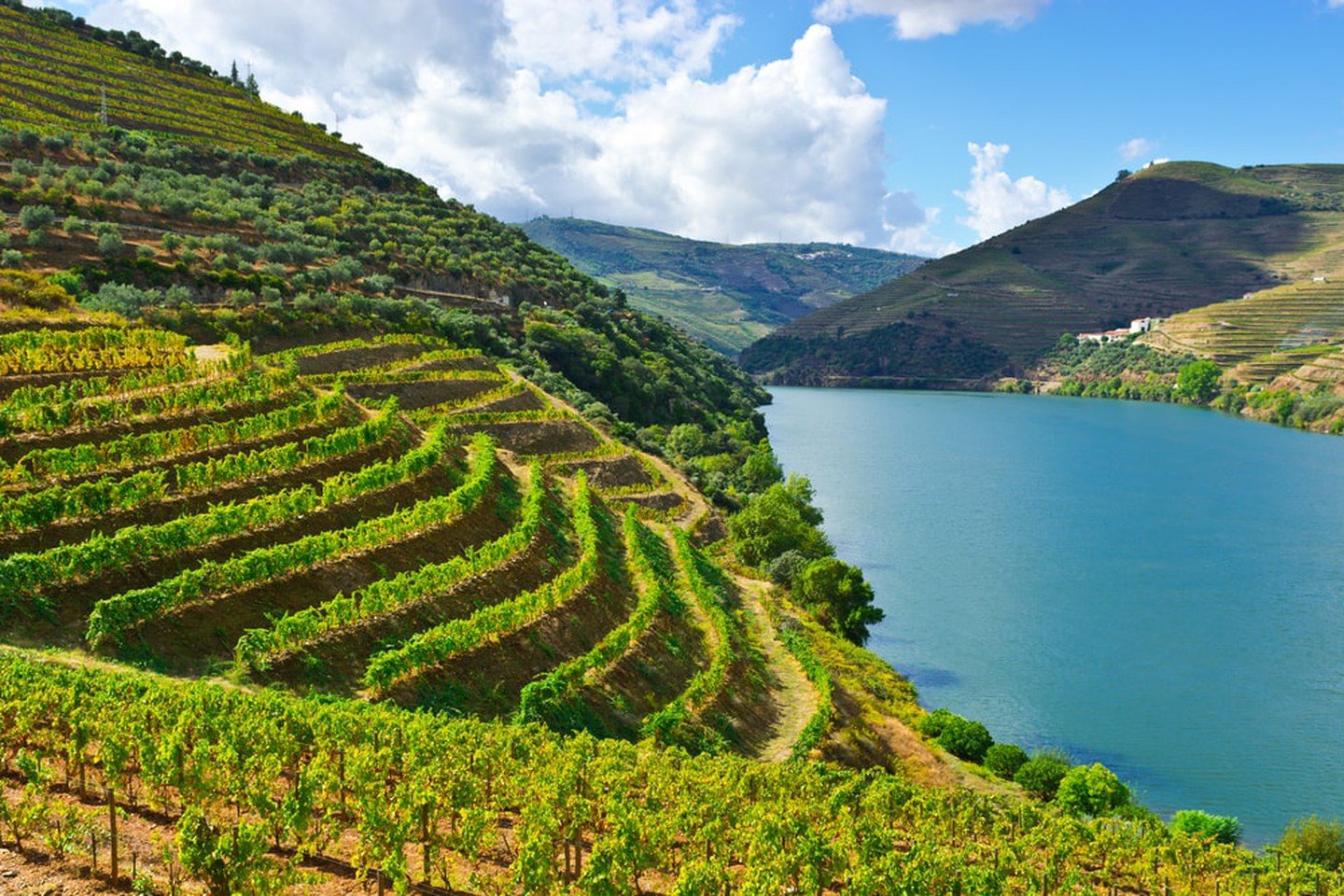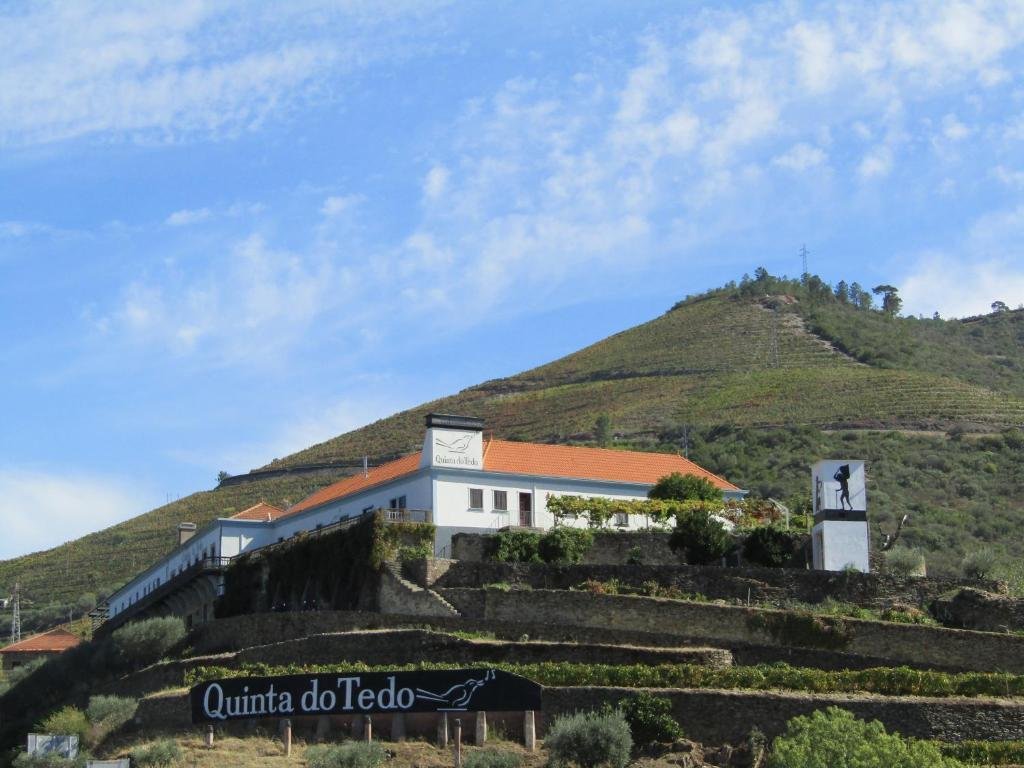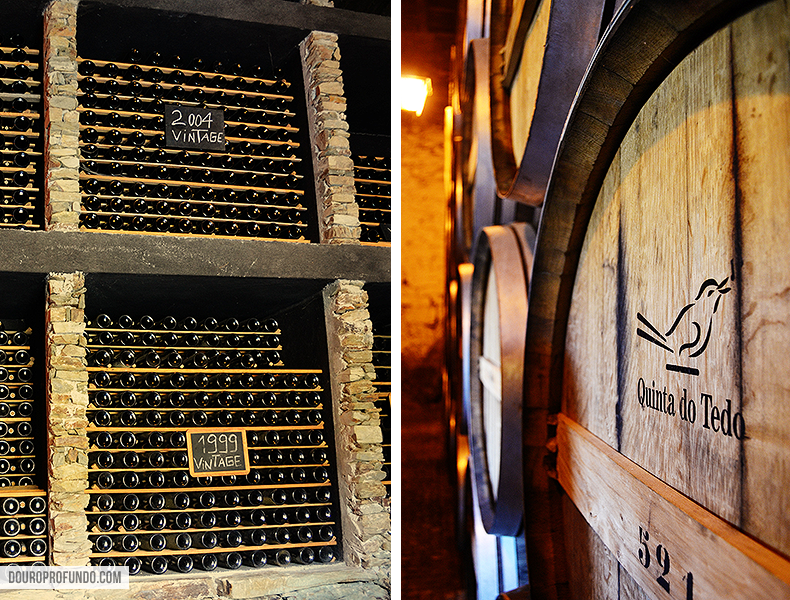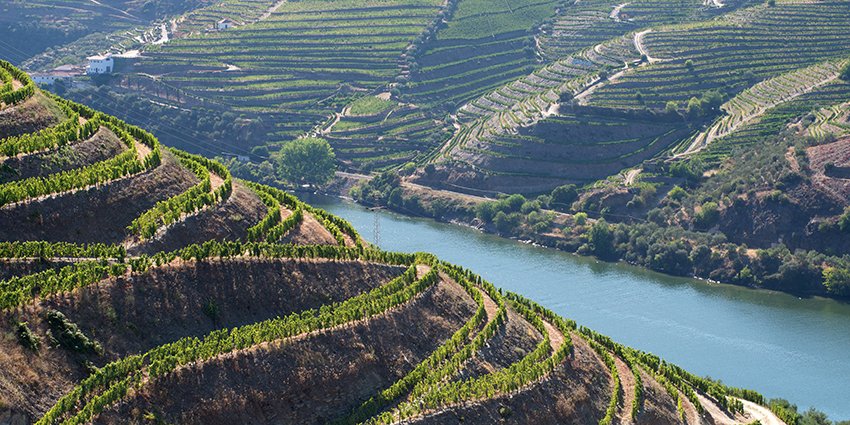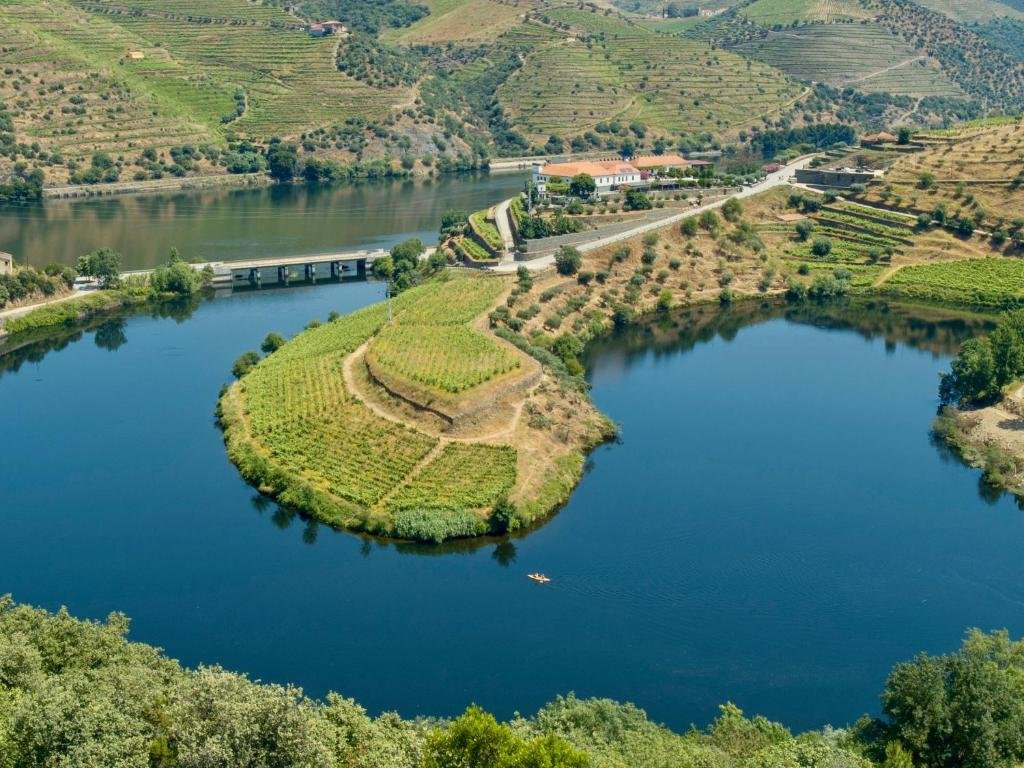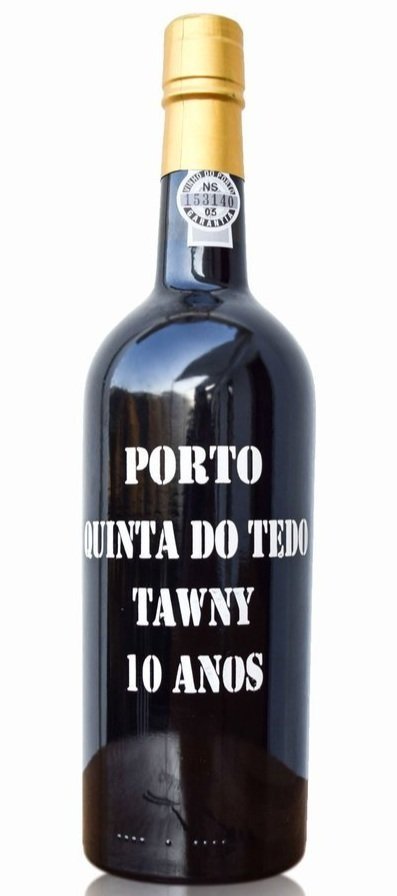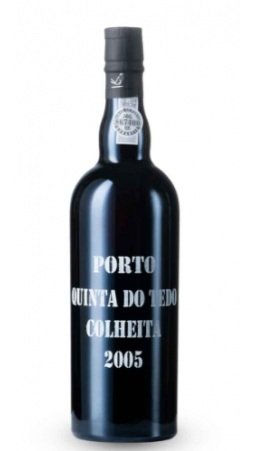Quinta do Tedo is an old 18th century estate that was given a new lease on life. The Quinta, located on the south side of the Douro where it meets the smaller tributary Tedo River, was in disrepair for many years until 1992 when it was purchased and rehabilitated by Vincent Bouchard, of Bouchard Père & Fils fame, and his wife Kay Steffey. It took many years of investment and the hard work of rebuilding the winery itself, the family house, replanting some of the vineyards, to bring it back to full quality production. Quinta do Tedo is classed as a Single Quinta (estate) meaning that its production comes entirely from its own vineyards. The Quinta’s vineyards are also classed “A,” in an official ranking system from the Instituto do Vinhos do Douro e Porto going from A to F; essentially the equivalent to grand cru status. Less than 3% of all Quintas in the Douro are classed as either A or B.
Most of the vines on the property, except for those which needed replanting by Vincent and Kay, are old by Douro standards, originally planted in the 50s and 60s—with one hectare going way back to the 20s. The vineyards are all farmed organically (certified since 2011) and the labor is manual with the help of horses on the steep stone terraces. The traditional Douro varieties are cultivated: Tinta Roriz, Tinta Barroca, Tinta Cao, Touriga Nacional and Touriga Francesa, with low yields of 1.5 tons per acre. All the harvests are of course manual as well—even all the fruit is transported from the terraces in traditional hand-woven chestnut baskets.
Along with Vincent, the winemaking and estate is managed by Jorge Alves, a native of northeastern Portugal and a well-studied oenologist. Winemaking at the Quinta incorporates some modern technology and equipment- such as destemmers and modern sorting tables—but respects tradition. The grapes are de-stemmed entirely then crushed by feet in traditional lagares—knee-deep granite tanks of about 5000L. The only truly modern touch in this part of the vinification process is the system of cold water coils that wrap around the old granite lagares to cool them down. Jorge allows the characteristics of each vintage to dictate what styles of Porto are to be made in a particular year, as is traditional for Porto. The historic large houses may still dominate the port winemaking scene, but at its heart, the Douro is a land of small Quintas, like that of Vincent and Kay’s Quinta do Tedo.

